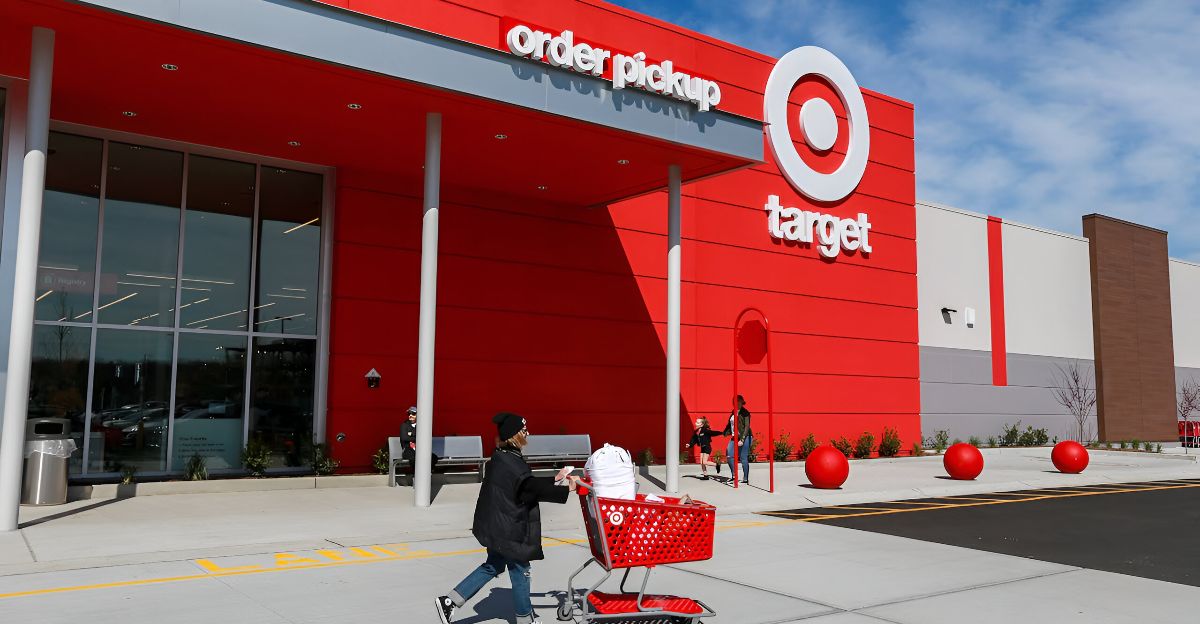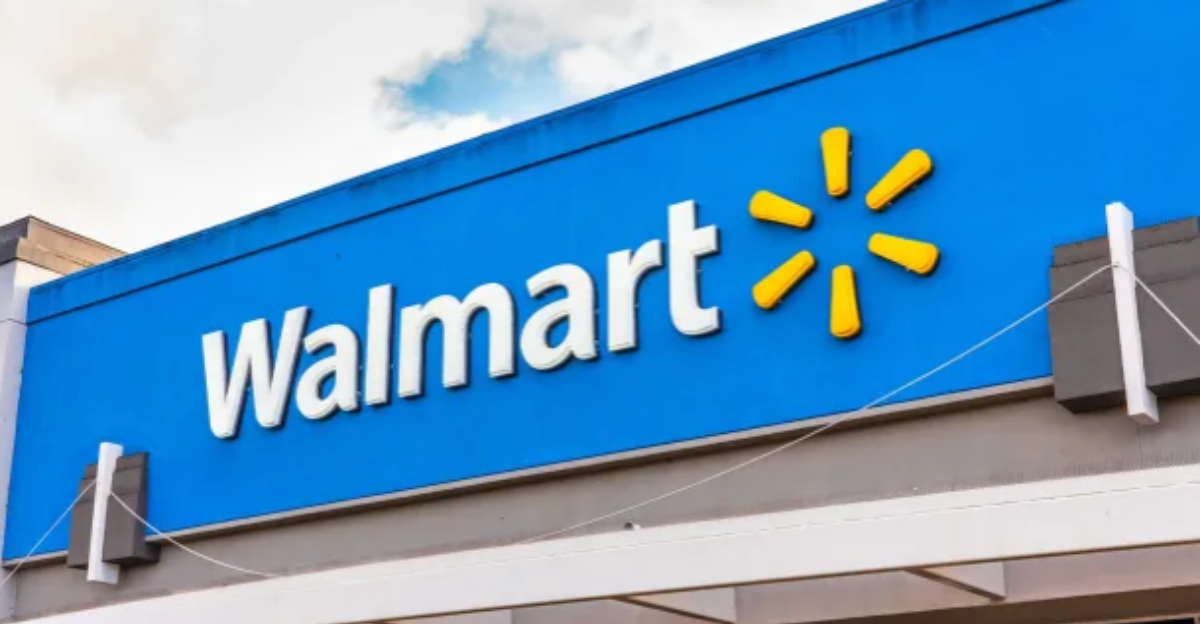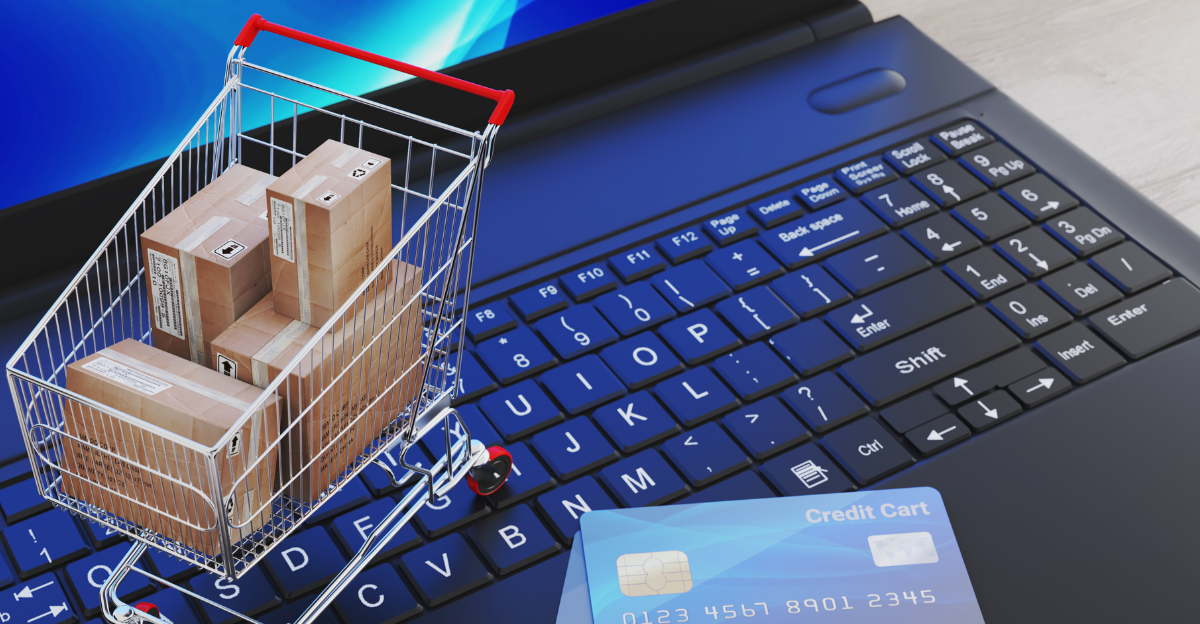
Target is making bold strategic moves to close the gap with Walmart, the dominant force in American retail. Walmart’s strengths in scale, pricing, and grocery have long overshadowed Target’s efforts, which have recently faced setbacks, including declining sales and operational challenges. As consumer habits shift amid inflation and cautious spending, this rivalry is crucial for shaping the future retail landscape.
Target’s initiatives, from digital innovation and exclusive partnerships to store remodels, aim to redefine its market position. This article explores how Target’s strategy could disrupt retail dynamics and what it means for consumers and investors.
The Retail Landscape in 2025

2025, the retail market will be marked by cautious consumer spending and rising e-commerce competition. Walmart leverages its massive scale, competitive pricing, grocery dominance, and tech-enabled logistics to maintain growth. Target, meanwhile, focuses on a loyal customer base attracted to style, curated products, and strong store brands.
However, Walmart’s market share is growing while Target’s has slipped slightly, reflecting challenges in inventory and consumer preference shifts. This environment intensifies the battle for consumer dollars amid economic uncertainty.
Target’s Ambitious $5 Billion Marketplace Bet

Target plans to generate $15 billion in sales growth by 2030 through a $5 billion investment in its digital marketplace and curated product offerings. Expansion of owned brands like Good & Gather with chef collaborations and over 600 new food items aims to attract food enthusiasts.
Additionally, Target has forged exclusive partnerships with brands such as Champion, Disney, and Warby Parker to enhance product appeal and differentiation. This marketplace strategy is central to Target’s effort to innovate beyond traditional retail models and compete more effectively with Walmart and Amazon.
Enhancing the In-Store and Digital Experience

Target is remodeling stores to create inviting layouts and immersive category experiences in gaming, sports, and toys. It integrates online and physical shopping for seamless customer journeys, improving convenience.
Fulfillment speeds have increased by 20%, and same-day services have grown over 35%, reflecting Target’s commitment to fast delivery. These enhancements aim to boost foot traffic and online sales, addressing consumer demand for style and convenience in a competitive retail environment.
Competitive Pricing and Inventory Management

Target faces challenges with a 2.8% sales decline and rising inventory levels up 11% year-over-year, pressuring margins. The company is tightening inventory management to reduce markdowns and improve profitability.
Walmart’s superior logistics and supply chain efficiency continue to set the benchmark, enabling it to maintain competitive pricing and stock availability. Target’s margin pressures highlight the difficulty of balancing innovation with affordability in today’s cautious consumer market.
Exclusive Partnerships and Product Innovation

Target differentiates through exclusive brand collaborations and refreshed assortments, revitalizing key categories like home décor and pet supplies. Partnerships with popular brands increase customer engagement and loyalty by offering unique products unavailable elsewhere.
These innovations help Target maintain its stylish, curated image and attract shoppers seeking distinctive merchandise, a critical factor in competing with Walmart’s broad assortment and pricing power.
Technology and Omnichannel Strategy

Target is expanding its digital footprint to rival Walmart’s multi-channel approach. It uses data analytics and technology to personalize marketing and improve customer experience.
Despite these efforts, Amazon leads the smart gadget market with a 30% share, while Walmart’s e-commerce investments have strengthened its position. Target’s omnichannel strategy is progressing but still lags behind these competitors in tech-driven retail innovation.
Contrarian Viewpoints and Risks

Despite Target’s bold initiatives, its recovery is slower and more uncertain than Walmart’s steady growth. Elevated markdowns and higher fulfillment costs threaten profitability. The challenge lies in balancing affordability with innovation amid cautious consumer spending.
Some analysts view Target’s operational missteps and inventory issues as self-inflicted, complicating its turnaround. Walmart’s diversified model and stable earnings growth continue to attract investor confidence, underscoring the risks Target faces in narrowing the gap.
Historical Context and Extreme Examples

The Walmart-Target rivalry has evolved over decades, with each retailer shaping its strategy to capture market share. Walmart recently cut 1,500 jobs to focus on future retail technologies, reflecting a shift toward innovation and efficiency.
Target’s marketplace expansion is an extreme example of adapting to digital trends. These moves illustrate the broader retail industry’s shift toward blending digital and experiential shopping to meet changing consumer expectations.
Impact on American Consumers Today

Target’s strategic shift offers consumers more exclusive products, improved store experiences, and faster delivery options. However, inflation and cautious spending push many shoppers toward essentials, benefiting Walmart’s low-price grocery focus.
The retail battle affects pricing, product availability, and shopping convenience, directly influencing everyday habits and employment in retail. As Target innovates, consumers may gain from increased choice and service, but economic pressures keep affordability at the forefront of their minds.
Discover more trending stories and Follow us to keep inspiration flowing to your feed!

Craving more home and lifestyle inspiration? Hit Follow to keep the creativity flowing, and let us know your thoughts in the comments below!
